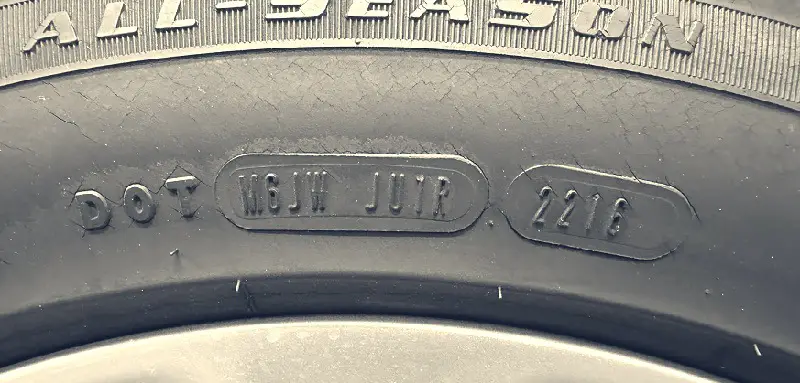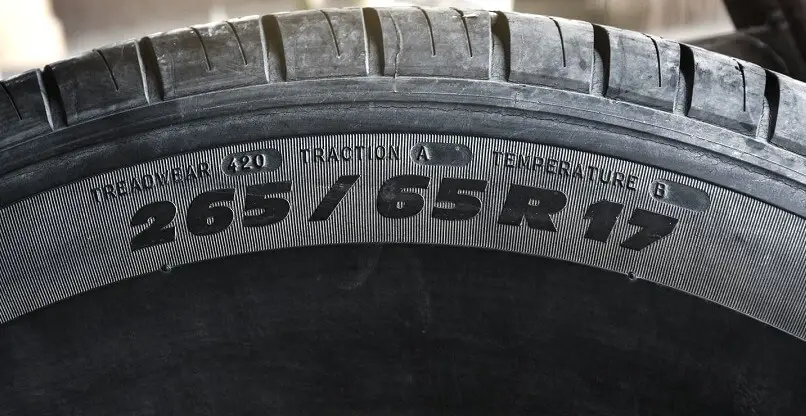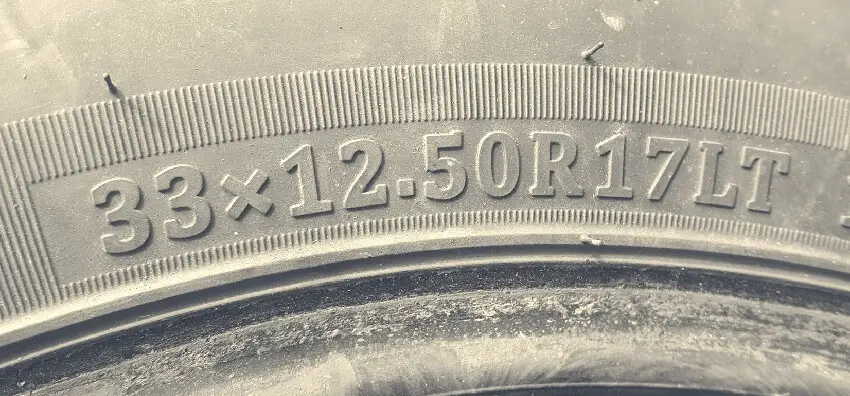Understanding Your Tires DOT Code

DOT is an acronym representing the “Department of Transportation,” it features prominently in the unique tire identification code printed on the sidewall of every tire (the upright surface of rubber that rises above the wheel).
This identification code, generally composed of a string of 7 to 13 alphanumeric characters, follows the term DOT and provides critical information about the tire’s manufacturing location, type, and production date.
Where to Find the DOT Code?
Finding the DOT code on a tire can sometimes be a challenging task. Given that there are no stringent rules mandating where the manufacturer must position this information, it could potentially be situated on any side of the tire. The identification data is typically embossed on the tire’s inner sidewall.
Tire Age
To find out the age of your tires, you’ll need to decode the four final numbers of the DOT date code. This date code is often set within a raised oval of rubber. Inspect the tire’s other sidewall if any additional characters do not follow the acronym DOT.
Regulatory requirements only require the full tire identification number to be stamped on one inner or outer sidewall.

How to read Tire Date Code
The DOT date code is a four-digit number found at the end of the tire identification code. The first two digits represent the week of manufacture, while the final two denote the year.
For example, a date code of 0517 signifies that the tire was produced in the 5th week of 2017. A three-digit date code indicates that the tire was made before 2000, when a different system was used.
The Comprehensive Tire DOT Code
The DOT tire identification code includes more than just the DOT designation and date code. The other letters and numbers (arranged in two or three blocks) reveal additional information about your tires in the string of alphanumeric characters starting with DOT.
- The first block indicates the plant where the tire was made.
- The second block represents the tire size code.
- The third block, which is optional, is an internally defined product code unique to the tire manufacturer.
Besides the DOT code, other standard markings appear on the tire’s sidewall, primarily related to tire size, speed index, and load index. These markings typically follow this order: nominal section, width, height-to-width aspect ratio, wheel diameter, load index, and speed index.
The load index is a numerical value determining a tire’s maximum load capacity when correctly inflated. Conversely, the speed index is a letter that represents the maximum safe speed at which the tire can perform.

Misconception About Tire Age
One common misconception about tire age is that as long as the tread depth is still good, the tires are safe to use regardless of their age. However, tire age is an important factor affecting their safety and performance. Here are some top misconceptions about tire age.
Understanding Tire Aging
A common misconception is that tires with high mileage are impervious to aging. While certain tires are treated with anti-ozonant chemicals to slow down aging effects, all tires are subject to the unavoidable impact of time.
The Integrity of Aging Tires
Over time, tire rubber naturally loses its elasticity and strength due to a process known as oxidation. This process can accelerate if the tires are frequently exposed to high temperatures or direct sunlight, emphasizing the importance of storing tires in a cool and dry environment.
Furthermore, even though a tire may appear in good condition outside, internal damage can occur, affecting its structural integrity.
The Importance of Regular Tire Checks
Regular tire checks are crucial to ensure road safety. These inspections should include monitoring tire pressure, checking for visible damage, and ensuring that tread depth is within safe limits.
Tires not regularly used should be inspected every six months or before embarking on long journeys.
Conclusion
In conclusion, understanding the information presented by the DOT code and other tire markings can play a vital role in maintaining vehicle safety, tire performance, and longevity. It is important to remember that, despite physical appearances, all tires age and will eventually need to be replaced.

